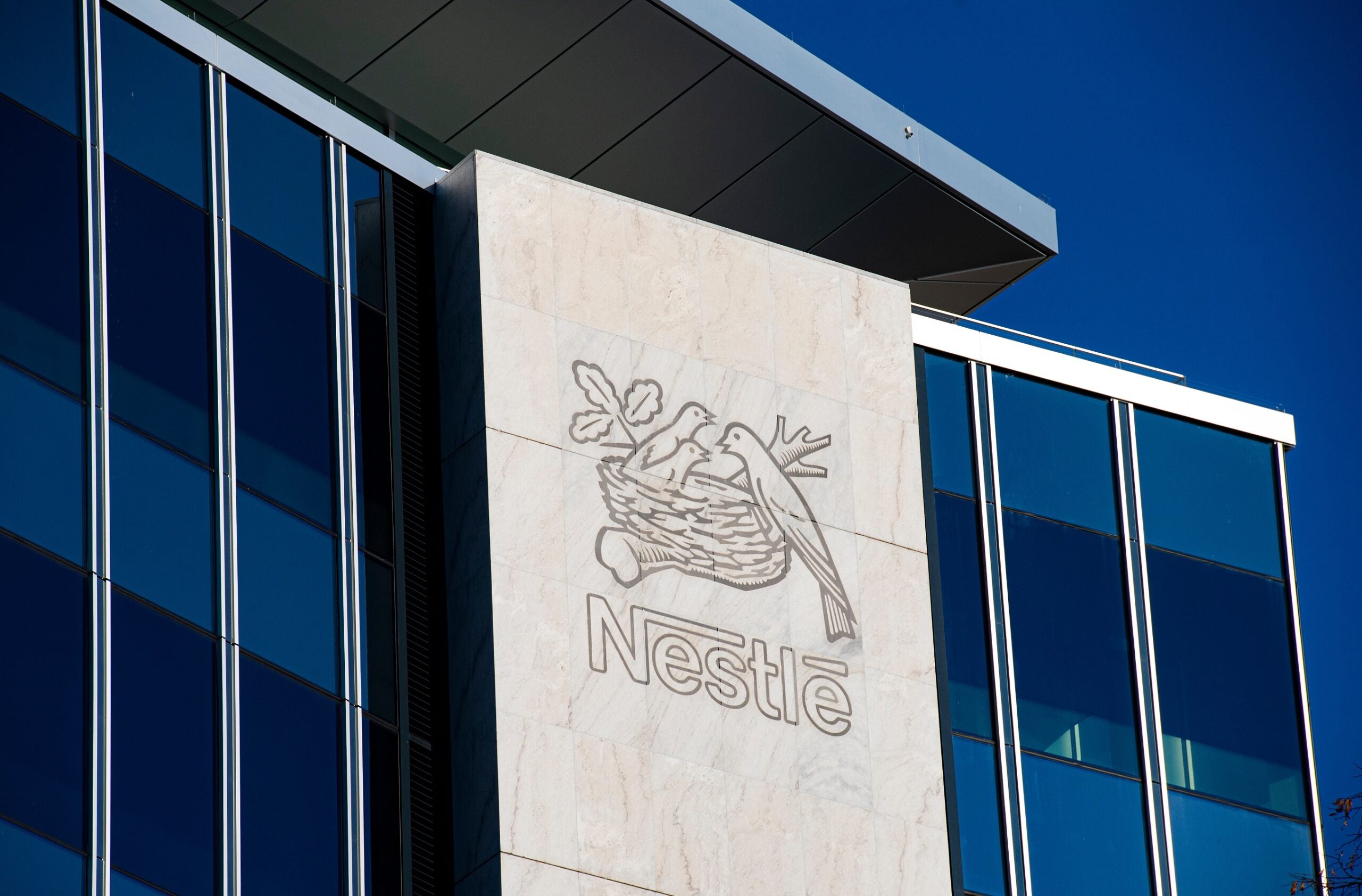
Nestlé is chasing a return to positive territory in its key underlying growth metric as a “moderation” in pricing has less of an impact on volumes.
CEO Mark Schneider anticipates real internal growth (RIG) will turn positive in the second half of the year and Nestlé’s gross margin, which has been pressured by rising input costs, will also be “materially” higher.
However, those efforts could be challenged by Nestlé’s continuing portfolio “optimisation”, the previously announced exit from the frozen meals and pizza business in Canada, and lingering inflation in some commodities – namely sugar, cocoa and coffee.
RIG, which strips out the effect of pricing from organic growth to reflect changes in volumes, was down 0.8% in Nestlé’s first half, compared to an almost flat print of 0.1% in fiscal 2022. Pricing was 9.5%, contributing to organic growth of 8.7%, the world’s largest food company reported.
Nestlé’s rationalisation strategy, geared toward cutting SKUs in favour of higher-margin items, weighed on RIG by 60 basis points.
“The RIG improvements should be driven by the step-up in marketing investment, the net effect of portfolio optimisation and the moderation of new pricing,” CFO François-Xavier Roger explained on a call with analysts today (27 July).
Schneider outlined the RIG outlook. “We had stayed away from speculating whether it was going to be strong enough to make up for the negative RIG in the first half or not. Clearly, the ambition and the goal here is to make it strong enough so that we will have a positive RIG on the full year.”
He added with respect to the impact of the frozen food exit: “There is a swing factor here and that relates to our SKU rationalisation programme and portfolio optimisation. That’s a massive business that’s the single largest item in this programme and that retreat has started in Q2.
“That of course then has some impact on what the growth rate is for RIG in the second half of the year and hence also for the full year ‘23.”
Gross margin recovery
Nestlé’s gross margin dropped 40 basis points in the half to 45.6% amid “significant inflation for commodity and packaging costs” as well as higher salaries and wages. Compared to the second half of last year, the margin was up 110 points.
“Pricing, cost efficiencies and portfolio optimisation only partly offset the impact of cost inflation, which is still significant despite being lower than in the prior year,” Roger said. “While costs have decreased versus a peak for some items, many price levels for commodities and labour are still trending materially above the 2022 average, and some items have seen increases.”
Input-cost inflation in the first six months of 2023 was almost 10%, he clarified, as Nestlé implemented price increases at the end of quarter one.
While the gross margin was up from 44.5% in the second half of 2022, it remained lower than the 46% in the first six months of that year. Roger indicated the target is to get to around 50%.
“It will take some time but the timing will depend on some external factors as well,” he said. “We expect our gross margin to be up materially in the second half versus the corresponding period in 2022.”
Roger outlined some of the commodity pressures, with the price of both sugar and cocoa still 25% above a 2022 peak and more than 35% higher than last year’s average. Coffee was up around 30% from the 2022 average.
It’s also clear that when it comes to the overall macro environment, that pricing on a selective basis, where appropriate, will still apply.
Nestlé CEO Mark Schneider
Schneider said during the Q&A: “It’s safe to say that pricing will not reach the same levels as we’ve seen in the first half of ’23. But it’s also clear that when it comes to the overall macro environment, that pricing on a selective basis, where appropriate, will still apply. In categories that relate to these commodities, we still need to take the liberty to price where needed.”
Elsewhere in today’s results, Nestlé’s sales rose 1.6% on a reported basis to SFr46.3bn ($53.3bn). The closely watched underlying trading operating margin (UTOP) increased 20 basis points to 17.1% and was up 30 points in constant currency. In value terms, trading operating profit rose 2.9% to SFr7.9bn.
Net income climbed 7.7% to SFr5.6bn.
Nestlé tweaked the bottom-end of its organic growth guidance higher today, to 7-8%, from the 6-8% outlined in February. The outlook for UTOP was kept at 17-17.5%, as was underlying earnings per share at 6-10%. First-half EPS rose 4.1% in constant currency to SFr2.43.
Schneider said of the organic growth guide: “While it is broadened in volatile times to leave some downside protection, I would like to share my personal expectation that we intend to hit the upper half, if not the upper end of this new range.”
Shares in Nestlé closed up 2.62% at SFr108 at 17:30 CEST today.
